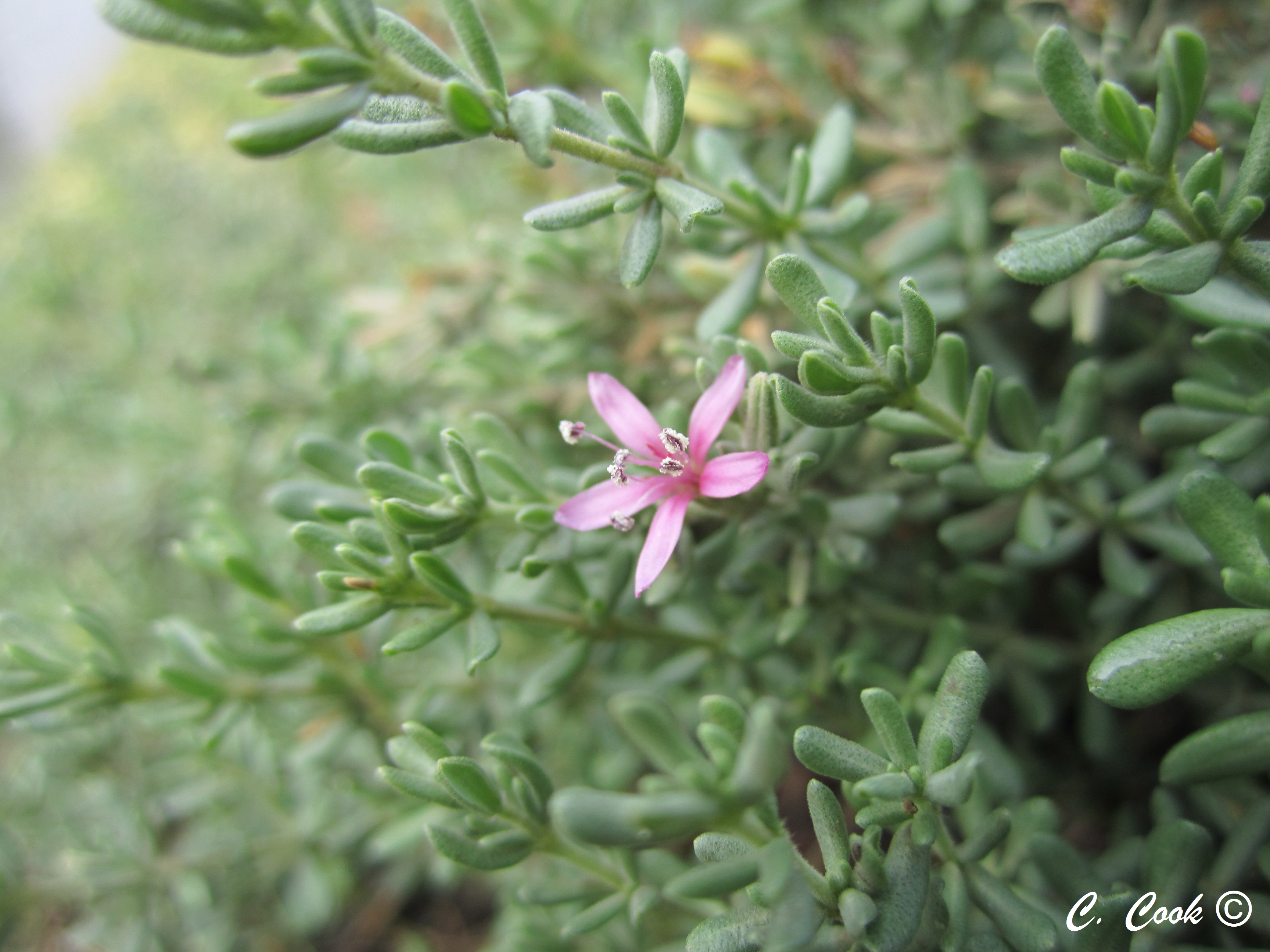 Plants
Plants  Plants
Plants [Home]
Living conditions in a salt marsh are not exactly ideal for many plants. Due to the varying salinity, pH, and weather which can change within a couple hours plants in the salt marsh must be well adapted to their environment. Many plants at the shoreline are native primarily due to the fact that they are able to survive in such varying conditions. Although there does exist places in the park that non-native plants are able to colonize. Mainly on the "highlands" of the park do we find these non-native plants. Highlands are places in the park that are above the high tide line and as such are never inundated by the brackish water of the salt marsh. More often than not these "highlands" are artificial man made features. Levees that defined boundaries of old salt ponds or the Bay Trail that courses thru the park are fine examples. On this page you will first find a listing of some of the native plants followed by the non-native plants that are common to the park.
.
• Marsh Gumplant - Grindelia stricta (Candolle) •
Found throughout the park marsh gumplant is an important member of the plant community in the salt marsh. Given its common name because of a sticky secreation released normally from the young budding flowers. Once the flowers fully emerge many pollinators can be witnessed visiting the blooms. Gumplant gives the shoreline one of its most vibrant and noticable flowers. |
|
 |
• Alkali Heath - Frankenia salina (I.M. Johnston) •
Green mats of Alkali heath can be seen growing on the edges of paths as they slope down to the tidal channels running throughout the park. The spaces that alkali heath occupies are often saturated or even completely submerged by salty bay water. Most plants would perish in such conditions, but Frankenia salina is a specialist. Being able to secrete the excess salt found in the water thru pores on the leaves. Taking a closer look at the leaves under a mircoscope reveals small green leaves covered in square salt crystals. Specialist plants of this nature calling such saline environments home are referred to as halophytes. A grouping of plants that are relatively small in number worldwide. This explains the reason why there are particular plants that are dominant within the salt marsh. |
• Coyote Brush - Baccharis pilularis (Candolle) •
One of the larger shrubs that can be found within the park boundaries. Preferring well drained soil it can be often seen growing on edges of trails, or any high ground within the marsh this member of the Asteracae family is a stunning member of the Hayward Shoreline. During the flowering stages the plant produces copius amounts of cypselae, small fruiting bodies attached to calyx tissue that helps disperse the seeds into the wind, very similar to a dandelion. So many of these seeds are produced by the female plant that it appears as if the plant is covered with a soft fur. Possibly this appearance is where the common name orginates. Coyote brush is a dioecious plant meaning female (pistil) and male (stamen) parts of the flowers occur on separate plants |
[Citations]